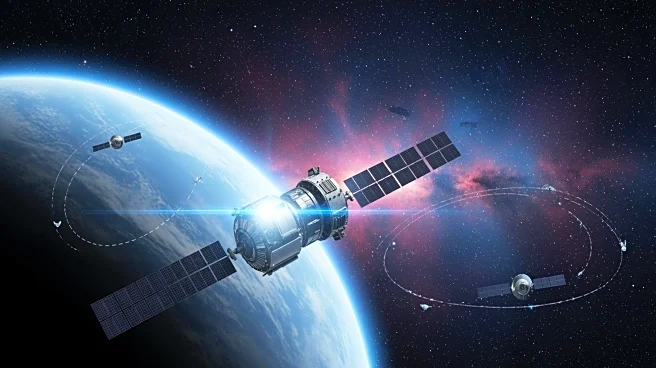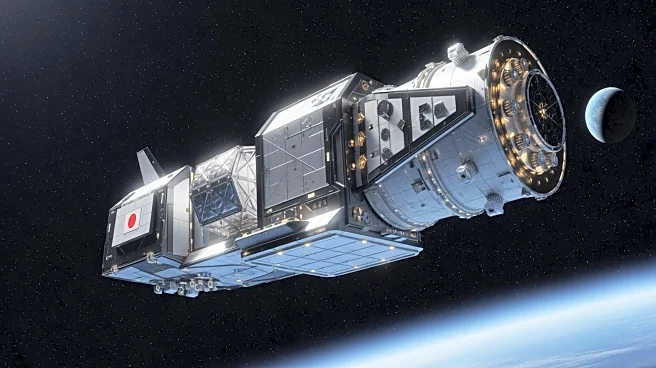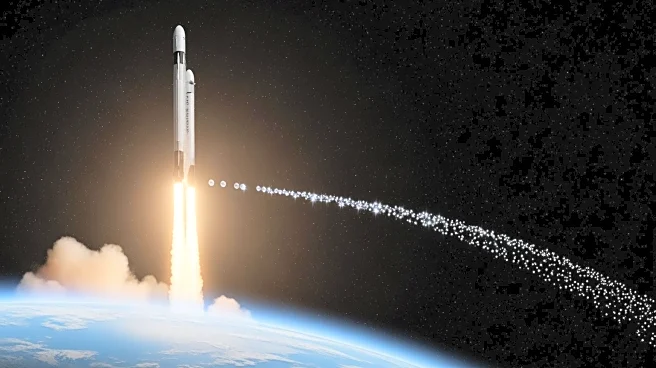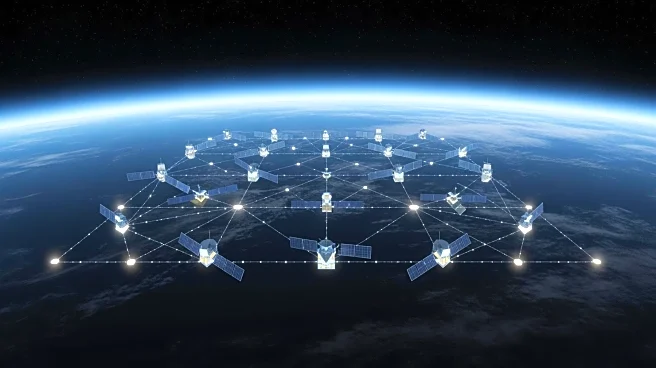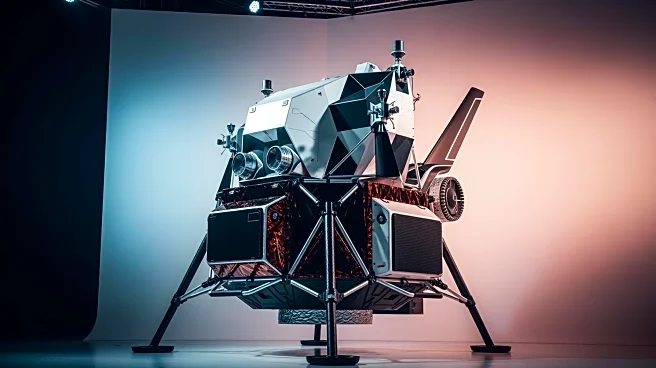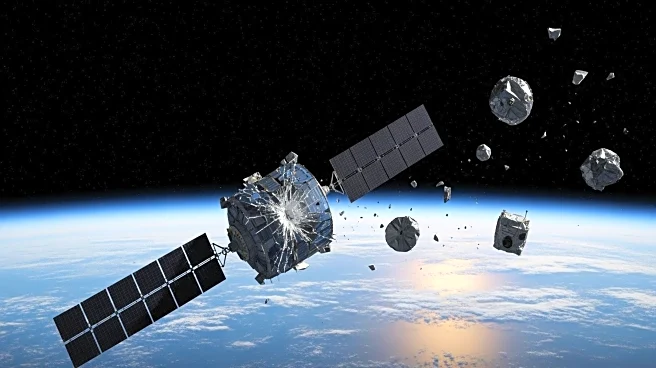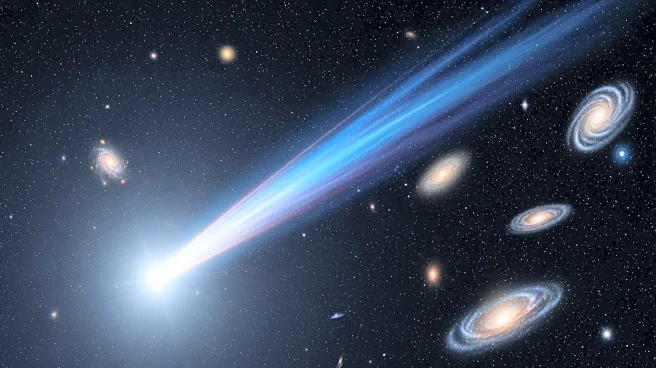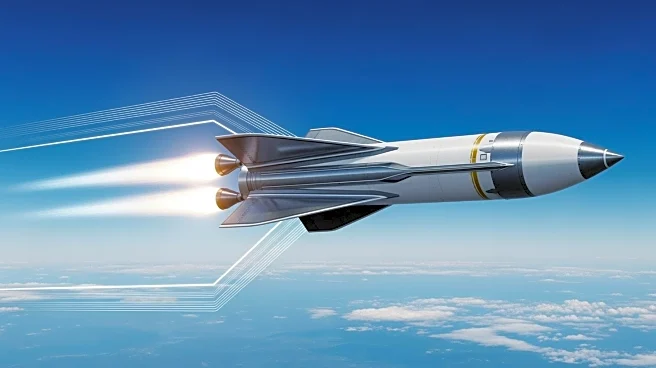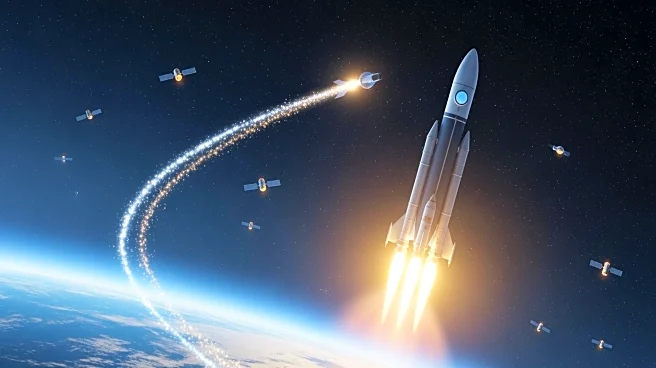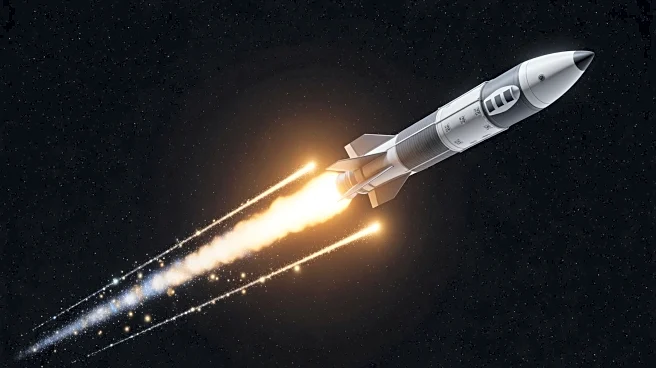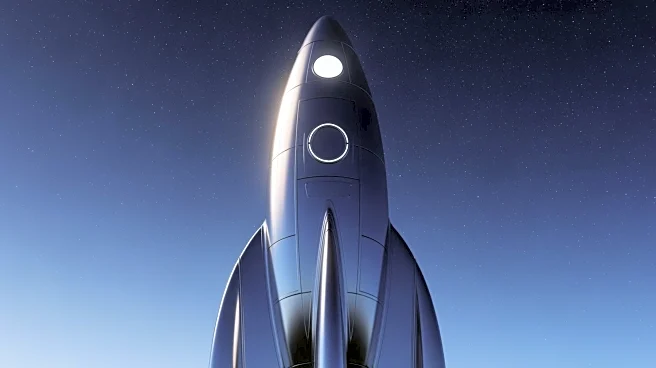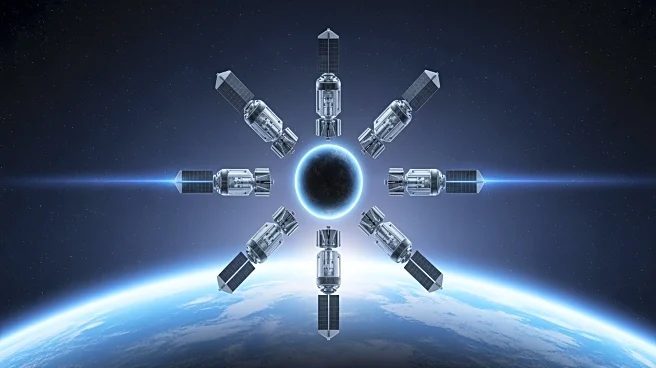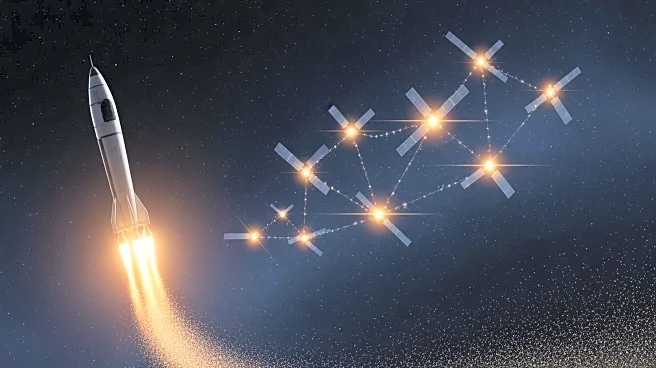What's Happening?
SpaceX has successfully launched and deployed NASA's Interstellar Mapping and Acceleration Probe (IMAP) along with the Carruthers Geocorona Observatory (CGO) and NOAA's Space Weather Follow-on (SWFO-L1) spacecraft. The deployment occurred shortly after
the launch of a Falcon 9 rocket. The IMAP mission is designed to study the boundary of the heliosphere, which is the region of space influenced by the solar wind and magnetic field. The CGO will focus on observing the Earth's geocorona, while the SWFO-L1 will monitor space weather conditions. This launch marks another milestone in SpaceX's collaboration with NASA and other scientific agencies, furthering the exploration and understanding of space phenomena.
Why It's Important?
The successful deployment of these scientific instruments is crucial for advancing our understanding of space and its impact on Earth. The IMAP mission will provide valuable data on the heliosphere, which can enhance our knowledge of cosmic rays and solar wind interactions. The CGO's observations of the geocorona will contribute to our understanding of Earth's atmosphere and its interactions with space. Additionally, the SWFO-L1 spacecraft will play a vital role in monitoring space weather, which can affect satellite operations, communications, and power grids on Earth. These missions underscore the importance of continued investment in space exploration and research, which can lead to technological advancements and improved safety measures for space-dependent systems.
What's Next?
Following the successful deployment, the scientific instruments will begin their respective missions, collecting and transmitting data back to Earth. Researchers and scientists will analyze this data to gain insights into space phenomena and their effects on Earth. The collaboration between SpaceX, NASA, and other agencies is expected to continue, with future missions planned to further explore and understand the universe. The data collected from these missions may also inform future space exploration strategies and technologies, potentially paving the way for more ambitious projects such as manned missions to distant celestial bodies.
Beyond the Headlines
The deployment of these satellites highlights the growing role of private companies like SpaceX in space exploration. This collaboration between public and private sectors is becoming increasingly important as the demand for space-based research and technology grows. The success of such missions can inspire further partnerships and investments in space exploration, potentially leading to breakthroughs in science and technology. Additionally, the data collected from these missions can contribute to global efforts in understanding climate change and environmental impacts, as space weather and atmospheric conditions are closely linked to Earth's climate systems.
